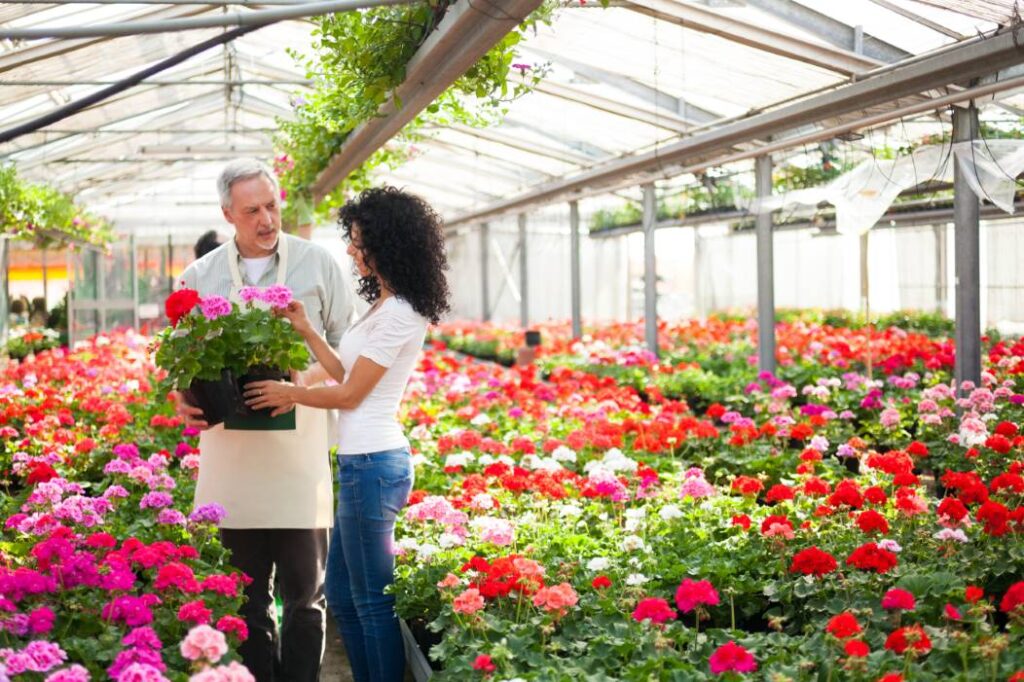Pollinators are birds, bees, bats, butterflies, beetles and other small mammals. They carry pollen on their bodies, transporting it from plant to plant. The transferred pollen allows plants to reproduce, aiding food production and natural resources. However, as with much of our ecosystem and environment, pollinators are in jeopardy. Thankfully planting a pollinator-friendly garden is an easy way to help remedy the decline of these essential creatures. These gardens can be grown in autumn, spring, or summer, almost anywhere, from condo balconies to backyards. Below are tips for building a pollinator-friendly garden and, by doing so, contributing to the good of the planet.
Building Your Garden:
Pollinator-friendly gardens consist of native plants or plants that will grow naturally in your area. It is best to read up on your local ecosystem and find out which plants best serve the pollinators. Creating a habitat for pollinators can be done almost anywhere, from community gardens to window box planters. For plants needing plenty of sunlight, ensure there isn’t too much shade. On a balcony, choose a site sheltered from the wind. If your patio or yard does not receive much sunlight, select pollinator plants that love the shade, like Hostas or Columbines. Another tip is to provide a water source alongside your garden. For smaller pollinators such as bees and butterflies, fill a shallow container to the halfway point with small stones, pebbles, and water so they can land and quench their thirst. Birdbaths are excellent for larger pollinators.
Best Plants for Pollinators

Native plants, shrubs and trees of diverse species and heights are the best choices. They provide a safe, friendly habitat for pollinators. When creating your garden, aim for various flower colours, sizes and heights to attract a wide range of these essential creatures. Plan them so that your blooms occur in succession to one another to cover all seasons. Purple Cornflower, for example, is excellent for early spring and the Black-eyed Susan is great for late summer and early fall. Lastly, add some host plants. These are vital and help some pollinating species to reproduce. For example, monarch butterflies lay their eggs on milkweed, and its leaves become food for the caterpillars once the eggs have hatched.
For a detailed list of pollinator-friendly plants in Ontario, the Toronto Zoo has put together an excellent Pollinator Plant Guide
Sourcing Native Plants and Seeds

To build a successful pollinator-friendly garden, you must first research what plants are native to your local area. Most garden centres and nurseries offer a variety of seeds to help establish your garden. Local seed libraries are also a great way to acquire plants and often don’t come at a price, just an exchange of seeds for seeds.
More suggestions on how to source native plant seeds
Maintaining a Pollinator-Friendly Garden
When it comes to maintaining a pollinator-friendly habitat, keep the area as natural as possible. Do not use pesticides and try to limit the use of mulch in your garden. Leave the dead stems of plants but prune and remove dead flower heads to encourage new growth.
Lastly, keep your yard work to a minimum. Dandelions and leaves provide food and habitat for pollinators during the spring, summer and fall seasons. To help pollinators thrive, keep your space as natural as possible.
Pollinators are essential to the health of our planet’s ecosystem, and the decline of honeybees and monarchs is not just a threat to each species but our livelihoods. Planting pollinator-friendly gardens is an easy way to help protect them and create a beautiful, low-maintenance garden for your space.






